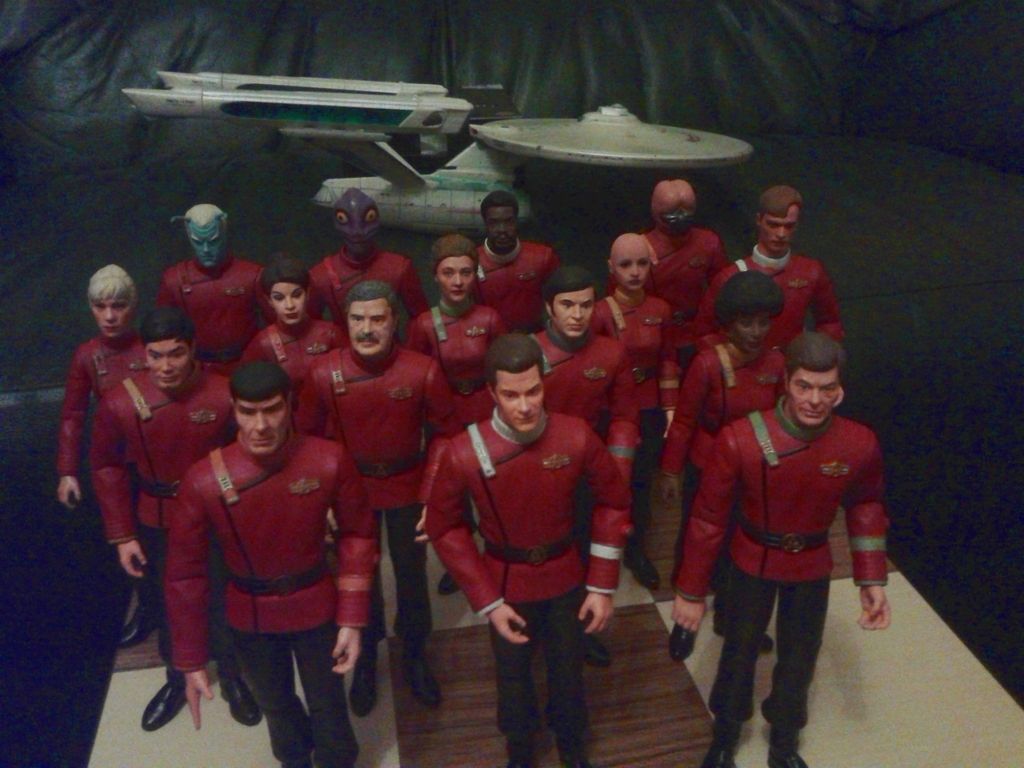When Spock once mentioned planned communities I never took that to mean planned societies as in everyone already had a place slotted for them--similar to what was seen in TNG's "Masterpiece Society." I always thought that to mean that the physical aspeccts of communities were planned such as to be reasonably efficient and in harmony with natural environments.
And certainly communities would have to be planned out if we're talking about ones within artificial environments such as would be the case colonizing worlds like Mars.
While human beings do like to talk about things being well planned out the reality is we get cranky without a bit of disorder. Perfection cane be a bit unnerving at times.
That's a fair point. I don't know if the Federation at large is as controlled in terms of roles, but that was my interpretation of the statement. And this could be wrong, but, as discussed, planning out colonies on other worlds requires a large degree of planning and control.
Also, as a follow up, I don't think of it as a preordained slot where you have to fill X role for the rest of your life, so much as people have their strengths and they move towards using those strengths to improve the overall community. Someone who is very analytical might do well working on the Atlantis project mentioned in TNG. Also, there is still room for "rebels" such as Robert Picard's vineyard.




